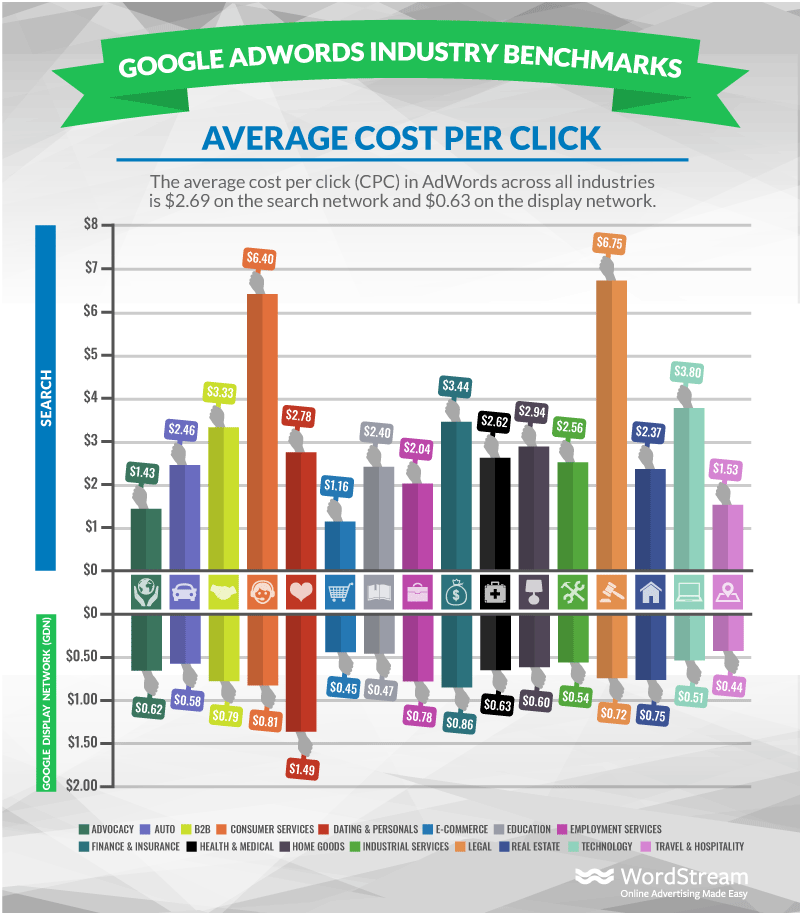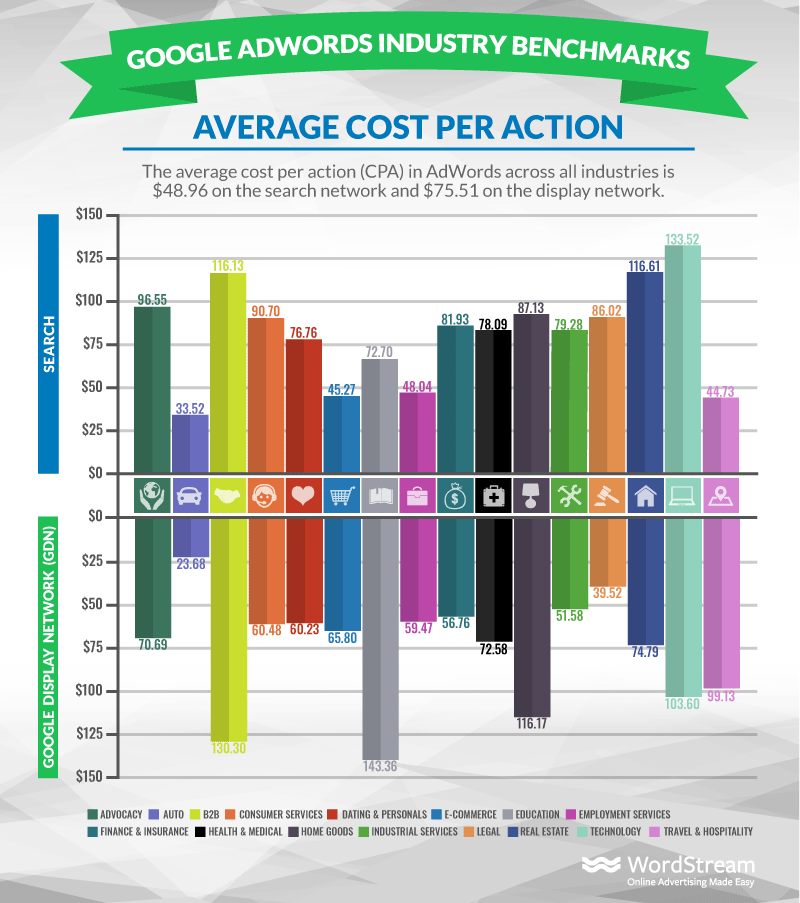While PPC advertising, like Google Ads, requires regular spend to reach an audience it can be a key digital marketing channel for small businesses trying to convert targeted sets of customers at the right buying stage. A question I often get from customers is if their business should pay to advertise on Google. Is it worth it?
Yes – if you have measurable goals.
Every small business should be allocating a budget towards PPC (Pay-Per-Click) efforts. It doesn’t mean that it’s an ongoing, nonstop budget (although there is nothing wrong with that). A paid ads campaign can be a fantastic way to capture potential customers and should be used in at least one of the following applications:
- targeting specific keywords usually means reaching the customer when they’re ready to make a purchase (decision stage vs. research stage)
- during peak (or off) season
- penetrating markets for a new product or service
- building awareness in a specific geographic location
- supporting a special promotion or offer
What should your budget be?
This question really depends on a number of things. While there is no universal answer there are a couple of ways you can determine your advertising investment:
- Look at your overall marketing budget and allocate funds to paid tactics
- Estimate how much revenue or profits certain actions of a goal (such as filling out a contact form) will yield, and determine the breakeven point to determine how much to invest
- Experiment with a small budget to see how ads perform, and increase or decrease depending on results, effectiveness, etc.
Do you hate the “it depends answers”? The best I can do is provide 3rd party benchmark data to help you understand how much it would cost PER CLICK on your ads. Below is a graphic from WordStream on 2019 average per click costs based on industry:
Let’s assume your business is in the “Industrial Services” industry (green bar) and on average a cost per click on Google’s search engine is $2.56.
- You put forward a budget of $20/day for 30 days (a month).
- You can expect to get about just under 8 clicks per day ($20/$2.56 = ~7.8).
- Maxing out your budget after 30 days at $600.
- This would give you an estimated 234 clicks for that period.
[epq-quote align=”align-center”]If you’re doing your own campaign create (or log into) a Google Ads account and get keyword budget estimates before running any campaign. If you’re hiring a 3rd party to run your PPC ads make sure you get some sort of estimates about performance for your budget.[/epq-quote]
Again, this is just a small sample of possible ways to determine budget. For more details you can take a look at this detailed guide from WordStream.
Are paid ads on Google effective?
Allocating large budgets for paid advertising just for the sake of advertising will not get your small business anywhere. When running any sort of budget-based ads be sure to to do ongoing monitoring & maintenance:
- determine your personas (ideal target audience) and create messaging based on those characteristics
- run A/B tests to see which ads yield better results
- drop low performing keywords, ads and designs
- guide visitors to landing pages optimized for goal conversion
If you want to compare your paid ad comparison to something you can refer to more WordStream (these guys are awesome at providing PPC benchmarks) stats. Here is the 2019 benchmark report for Cost per Action (how much a business has to spend to until a user completes a desired action):
If we stick with the same “Industrial Services” (green graph bar) industry benchmark, it would take on average $79.28 to get an action as a result of the paid ads. If we follow our budget from above, a $600 monthly spend will result in about 7.5 actions per month ($600/$79.28 = ~7.5) for the Industrial Services category.
[epq-quote align=”align-center”]To conclude if you’re expecting to spend close to $80 per action, make sure that the action is going to lead to business your way that will not only help you break even for the invested ads but make you profit as well. Measuring this is generally known as ROAS or return on ad spend.[/epq-quote]
Here is how your business can calculate ROAS with the above example (again, these are all made-up numbers to illustrate a scenario).
Let’s say that the your business in the “Industrial Service” industry is providing commercial cleaning services that on average cost clients $500 per clean. After running the monthly campaign at $600 total budget you were able to convert 3 of those actions (out of 7.5) for a total of $1,500 in revenue.
You can use the following formula to calculate your return on ad spend:
ROAS = (PPC Revenue – PPC Cost) / PPC Cost
ROAS = (1,500-600)/600
ROAS = 150%
Lastly, don’t just run paid ads – integrate into overall marketing
Relying solely on paid advertising to achieve ambitious goals is risky business. Budgets can dry up quickly, competition can be fierce, etc. The whole “don’t put all eggs in one basket” spiel. While paid ads can get you in front of a highly targeted audience immediately, they are not the only answer to running a lead generation campaign. A solid paid campaign is best combined with other relevant means of reaching your audience, both online or offline.



